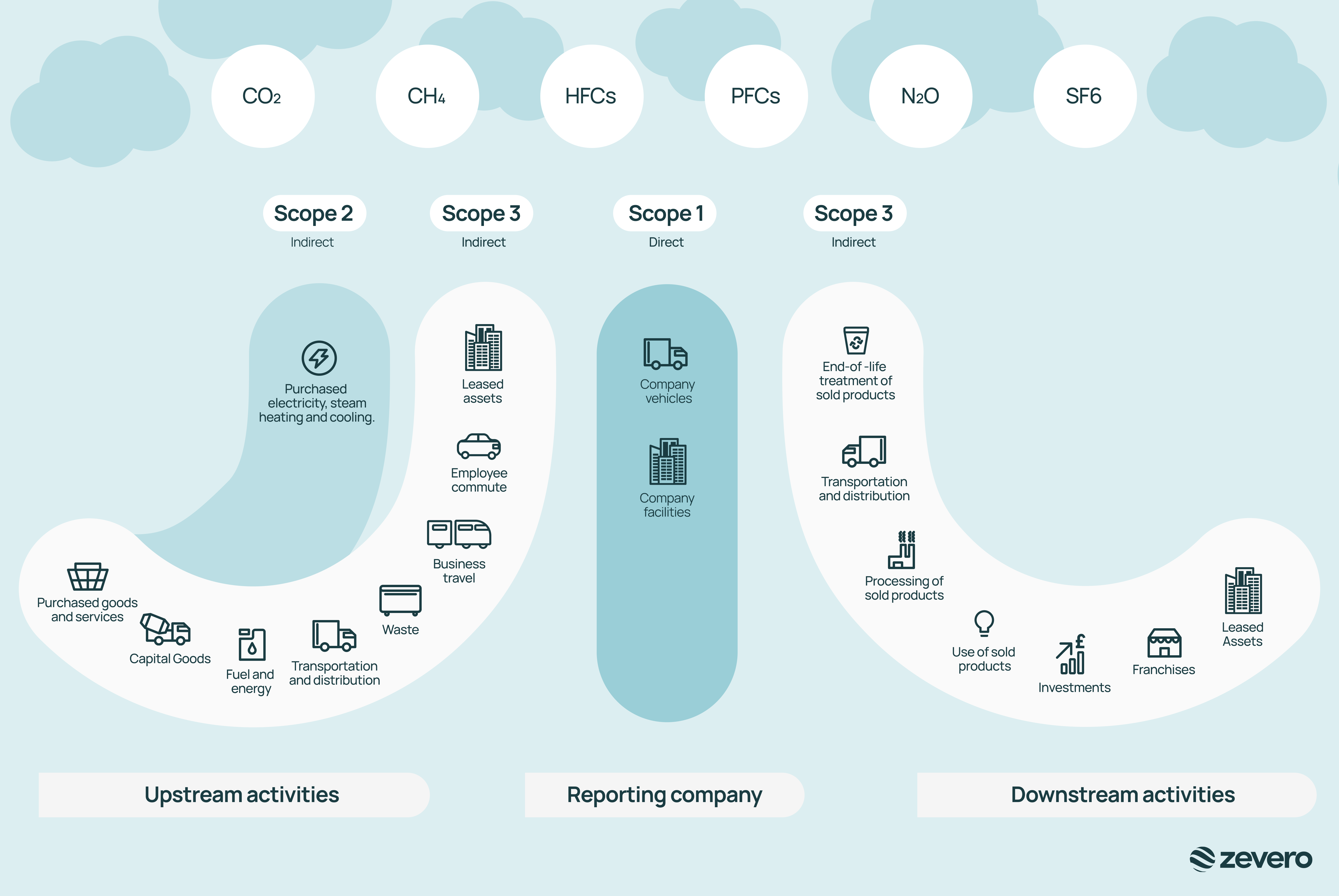Knowledge of climate change isn't new
In the early nineteenth century, Joseph Fourier, a French mathematician and physicist, became aware of changes in temperature and wanted to understand more about the long term trends of those changes.
Although a seemingly strange idea at the time, he discovered that the planet should be a lot colder than it was in relation to the amount of energy it received from the sun. He came to the conclusion there must be something in the atmosphere acting like a blanket to keep us and the planet warm.
A few years later, an American scientist, Eunice Newton Foote put various gases such as dry air, water-saturated air and carbon dioxide into containers and measured how long the gases retained their heat. She found that water-saturated air and carbon dioxide retained their heat a lot longer than dry air.
Then, in the mid-nineteenth century, as scientific instruments and methods improved, the Irish scientist, John Tyndall, found that carbon dioxide held onto energy about a thousand times more effectively than air.
Along with other scientific discoveries, these all led to the work at the end of the nineteenth century by Swedish scientist, Svante Arrhenius, who calculated that if the amount of carbon dioxide in the atmosphere were to double, global warming would increase by around 4-6 degrees celcius.
A hundred years later, our modern day scientists have come to pretty much the same conclusion.



